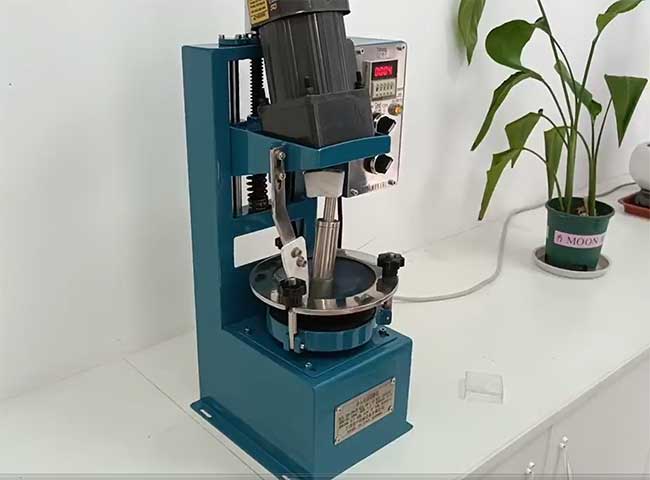In materials science, geological exploration, and chemical analysis, the sample pre-treatment process directly impacts the accuracy of experimental results. The single-head agate grinding machine, with its unique material advantages and precise mechanical design, has become an indispensable key equipment in laboratory sample preparation.
Superior Material Performance
Agate, the core material of the grinding components, boasts a Mohs hardness of 7, making it effective for grinding most mineral samples without introducing metal contamination. This natural mineral material, after fine polishing, forms a mirror-like surface. Combined with a specially designed jar structure, it enables multi-directional collisions of samples in three-dimensional space, ensuring uniform grinding results. Comparative data from a provincial geological laboratory shows that soil samples processed with an agate grinder exhibit approximately 23% lower dispersion coefficients in heavy metal test results compared to traditional steel grinding equipment.

Advanced Intelligent Control System
Modern single-head agate grinders are typically equipped with intelligent control systems, allowing users to set stepless speed adjustments from 50 to 1200 RPM via a touchscreen, along with a timer function ranging from 0 to 99 minutes. The unique shock-absorbing base design keeps operational noise below 55 decibels, while the modular quick-release structure reduces jar cleaning time to under 3 minutes. Notably, the specially designed cooling system effectively manages heat generation during operation, ensuring the properties of heat-sensitive samples remain unaffected.
Wide Range of Applications
This equipment is particularly suitable for delicate tasks such as sample preparation for X-ray fluorescence (XRF) analysis and archaeological pottery composition studies. Experiments demonstrate that for samples with a hardness below Mohs 6, processing 20g of material in a single run can achieve a fineness of over 300 mesh within 8 minutes. For maintenance, avoid using hydrofluoric acid-based cleaning agents and regularly inspect motor carbon brush wear—these measures can effectively extend the equipment's service life to over 10 years.







